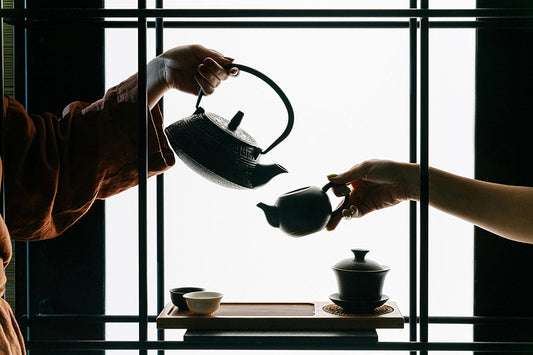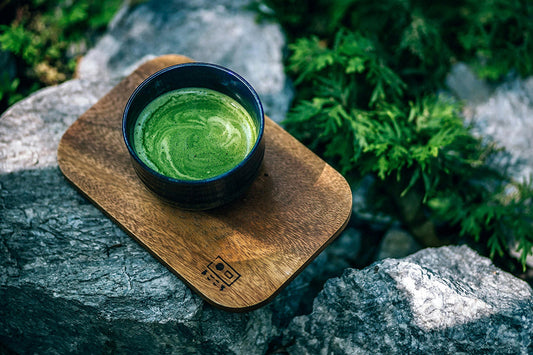When it comes to enjoying a perfect cup of tea, freshness is everything. Whether you prefer loose-leaf tea, tea bags, matcha, or herbal blends, how you store your tea directly affects its aroma, flavor, and overall quality. Tea is a delicate product that easily absorbs moisture, odors, and light, which can compromise its taste and shelf life. In this comprehensive guide, we’ll cover the best ways to store tea at home, common mistakes to avoid, and expert tips to ensure every brew tastes as fresh as the day you bought it.
Why Proper Tea Storage Matters
Tea leaves contain natural oils, volatile compounds, and antioxidants that create their unique aromas and flavors. However, these same components are sensitive to environmental factors such as air, moisture, light, heat, and strong odors. Improper storage can cause:
- Loss of flavor – Tea becomes dull and tasteless.
- Moisture absorption – Leads to clumping, mold, or spoilage.
- Odor contamination – Tea can pick up unwanted smells from nearby items.
- Nutrient degradation – Antioxidants and essential compounds break down over time.
Understanding these risks is the first step in keeping your tea fresh and aromatic for longer.
The Golden Rules of Tea Storage
1. Keep Tea Away from Air
Exposure to oxygen leads to oxidation, which alters the flavor profile of your tea. Always store tea in airtight containers to minimize contact with air. Ideal options include:
- Tin canisters with tight lids
- Dark glass jars with sealing rings
- Vacuum-sealed containers for long-term storage
Tip: If you frequently open and close your tea container, consider dividing large batches into smaller, airtight portions to reduce repeated air exposure.
2. Avoid Moisture at All Costs
Tea leaves are hygroscopic, meaning they absorb moisture from the surrounding air. Even a small amount of humidity can ruin their delicate texture and encourage mold growth.
- Store tea away from kitchens or bathrooms where humidity is high.
- Avoid keeping tea in the refrigerator unless it’s vacuum-sealed, as condensation can damage the leaves.
Tip: If you live in a humid climate, add a small food-grade desiccant packet to your tea container to keep moisture levels low.
3. Protect Tea from Light
Sunlight and strong indoor lighting accelerate the breakdown of tea compounds, resulting in faded flavor and aroma.
- Choose opaque containers or dark-colored tins.
- Store tea in a cupboard or pantry away from direct sunlight.
Tip: Transparent glass jars may look beautiful but expose tea to damaging UV rays. If you love displaying your tea, place jars in a dark cabinet or use UV-protected glass.
4. Store Tea Away from Heat Sources
High temperatures speed up the degradation of tea oils, especially in green and white teas.
- Avoid placing tea near ovens, stovetops, or heating vents.
- Store at a consistent, cool room temperature.
5. Prevent Odor Contamination
Tea leaves are natural odor magnets. Storing them near spices, coffee, or strong-smelling foods can drastically alter their aroma.
- Keep tea in a dedicated storage space.
- Always use airtight containers to seal in freshness.

Storing Different Types of Tea
Different teas require slightly different storage methods to maintain their unique qualities. Here’s how to handle each type:
Loose-Leaf Tea
Loose-leaf teas, such as oolong, black, green, and white teas, are especially sensitive to air and moisture.
- Use airtight tins or vacuum-sealed pouches.
- For premium teas, divide bulk quantities into smaller containers to avoid frequent exposure.
Tea Bags
While tea bags are less fragile than loose leaves, they can still lose aroma quickly if left exposed.
- Keep tea bags in their original foil packaging until ready to use.
- Once opened, transfer them to a sealed tin or zippered pouch.
Matcha Powder
Matcha is extremely delicate and prone to oxidation due to its finely ground texture.
- Store unopened matcha in the refrigerator.
- Once opened, keep it in a dark, airtight container at room temperature and use within 30–60 days.
Herbal Blends
Herbal teas often contain flowers, fruit peels, and spices, making them especially vulnerable to moisture and odor absorption.
- Choose airtight glass jars or tins.
- Store herbal blends separately from strong-smelling teas to preserve their natural aroma.
Common Tea Storage Mistakes to Avoid
Even the most passionate tea drinkers sometimes make storage errors. Here are a few to watch out for:
- Using clear containers in direct sunlight
- Refrigerating tea without sealing it properly
- Storing tea near spices, coffee, or scented candles
- Keeping tea in paper bags – they allow air and moisture to seep in
- Buying tea in bulk without proper storage solutions
How Long Does Tea Stay Fresh?
Properly stored, most teas maintain peak freshness for:
- Green tea: 6–12 months
- Black tea: 1–2 years
- Oolong tea: 1–2 years
- White tea: Up to 2 years
- Herbal blends: 6–12 months
- Matcha: 1–3 months after opening
Tip: Always label your containers with the purchase date to track freshness.
Choosing the Right Tea Storage Containers
Here are some of the best container options for long-lasting freshness:
- Metal tins – Classic, airtight, and lightproof
- Dark glass jars – Elegant and protective against UV rays
- Ceramic canisters – Naturally insulate against heat and light
- Vacuum-sealed bags – Best for bulk storage
Proper storage is the secret to enjoying tea the way it’s meant to be experienced: fresh, aromatic, and full of flavor. By following these simple yet effective tips, you’ll extend the shelf life of your teas and ensure every cup delivers maximum taste.
At TisforTea.com, we offer a carefully curated selection of premium teas and tea accessories, including airtight storage solutions designed to keep your favorite blends fresh for longer. Explore our collection today and elevate your tea experience.






